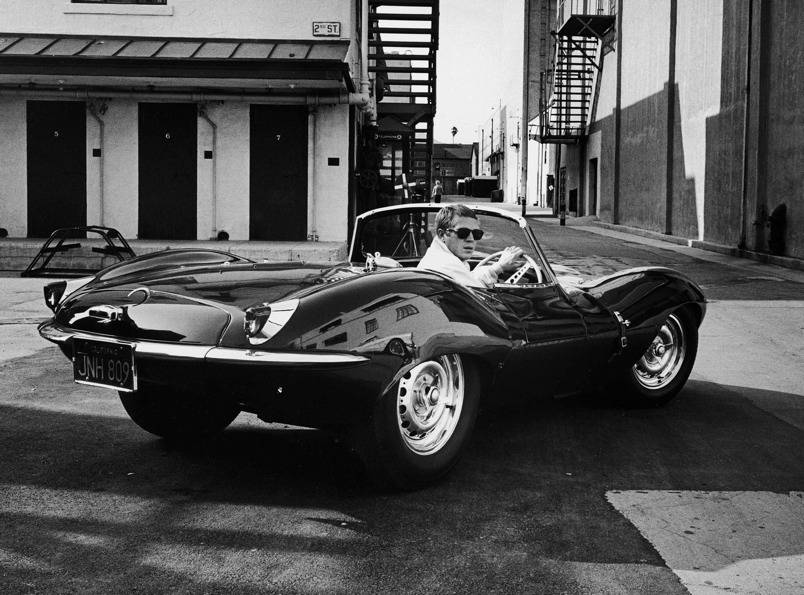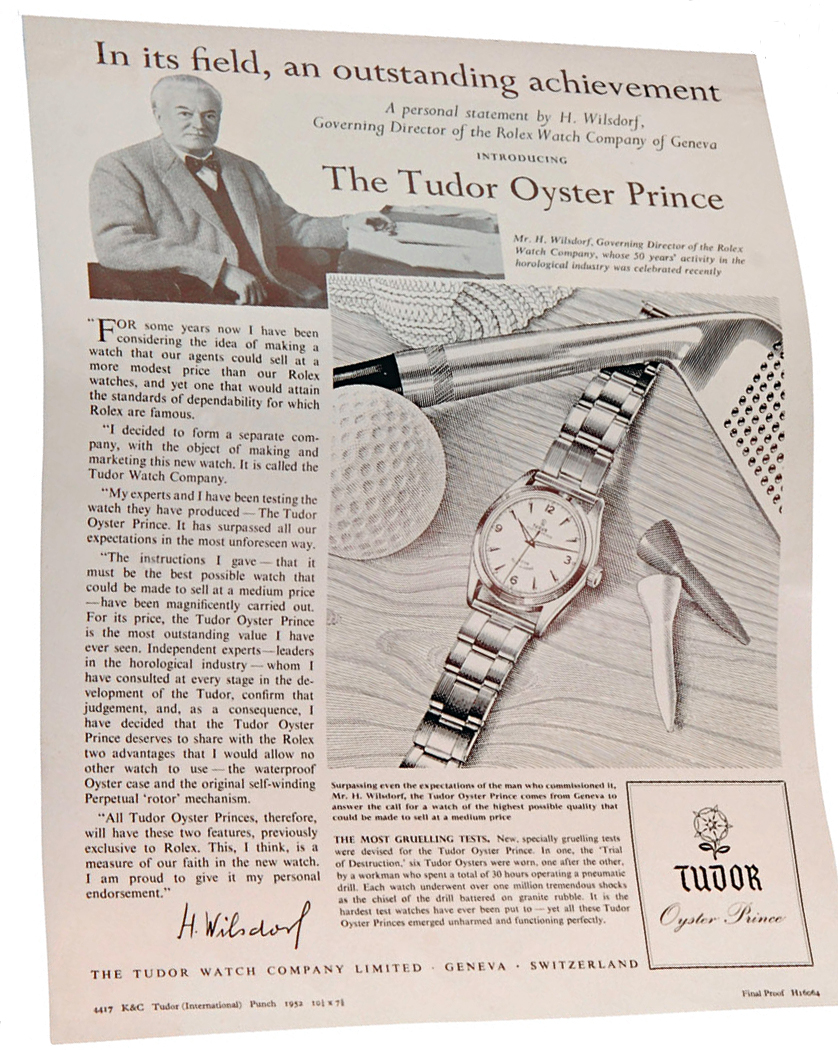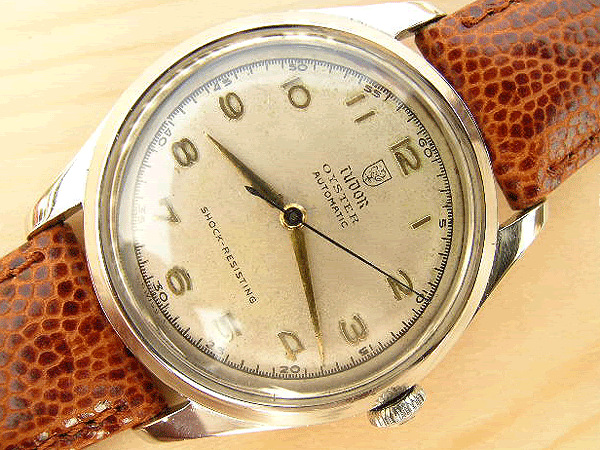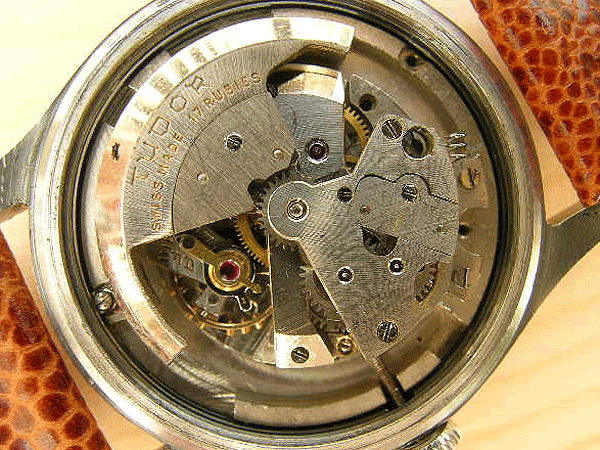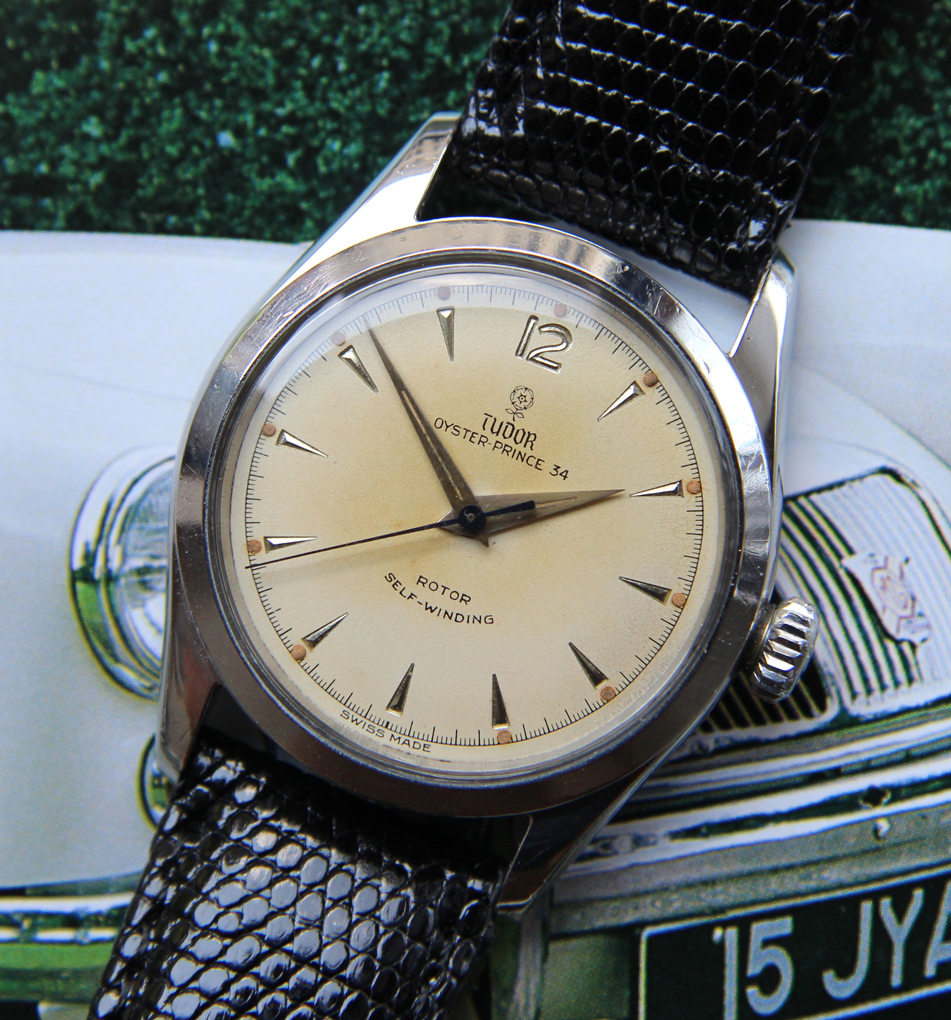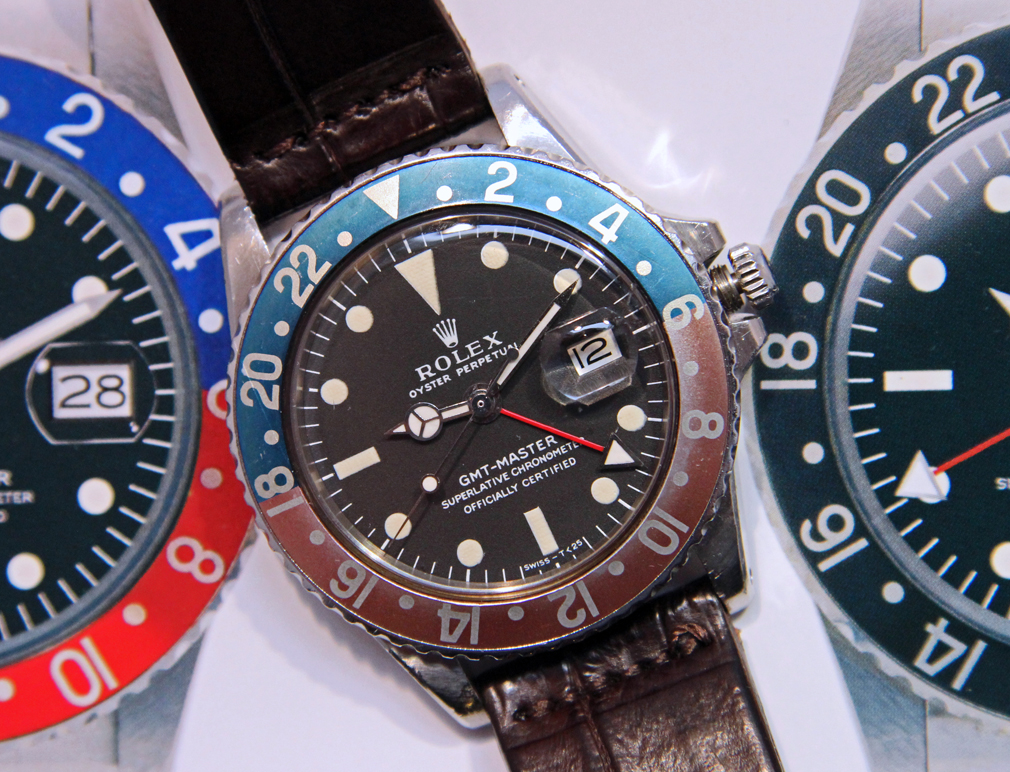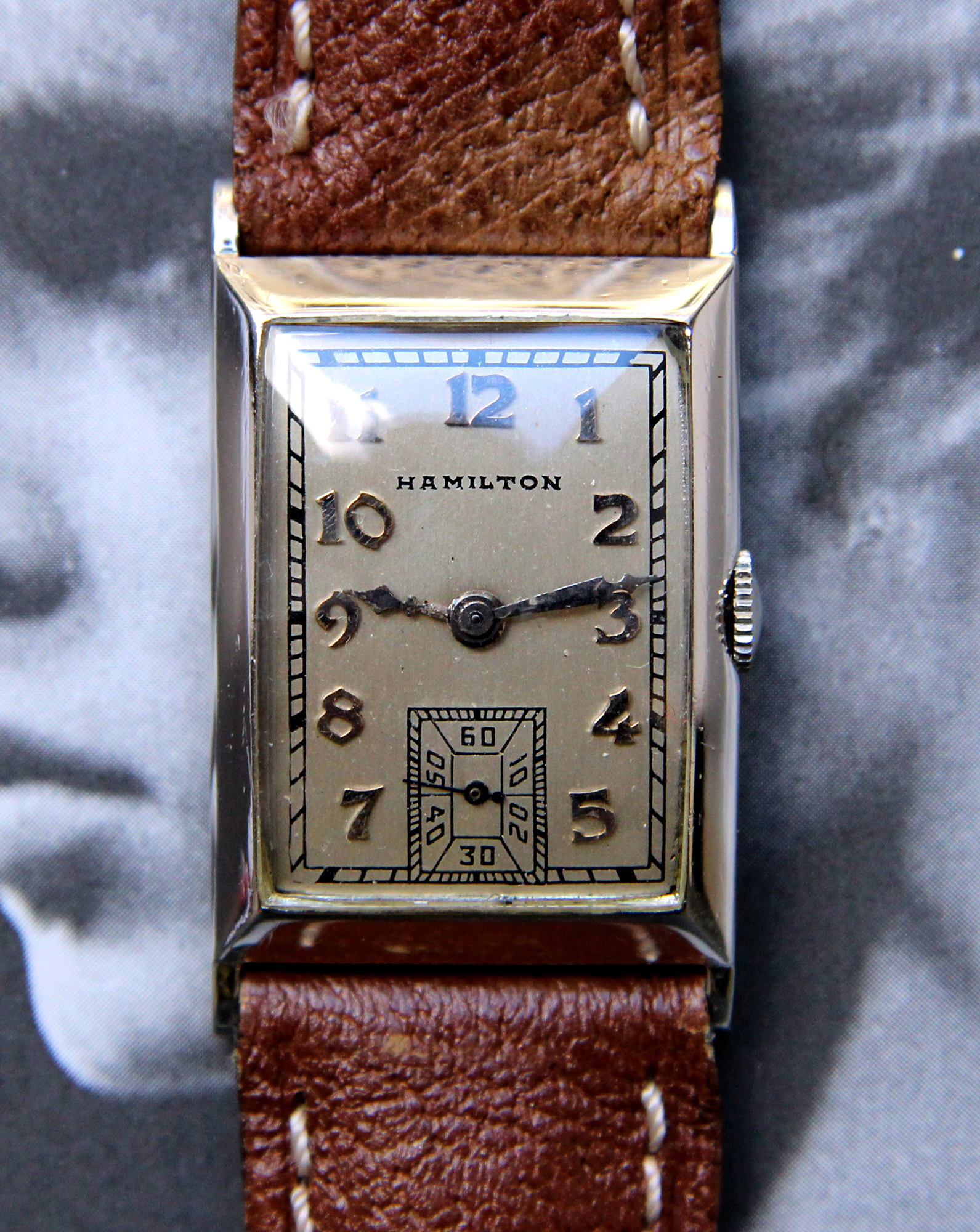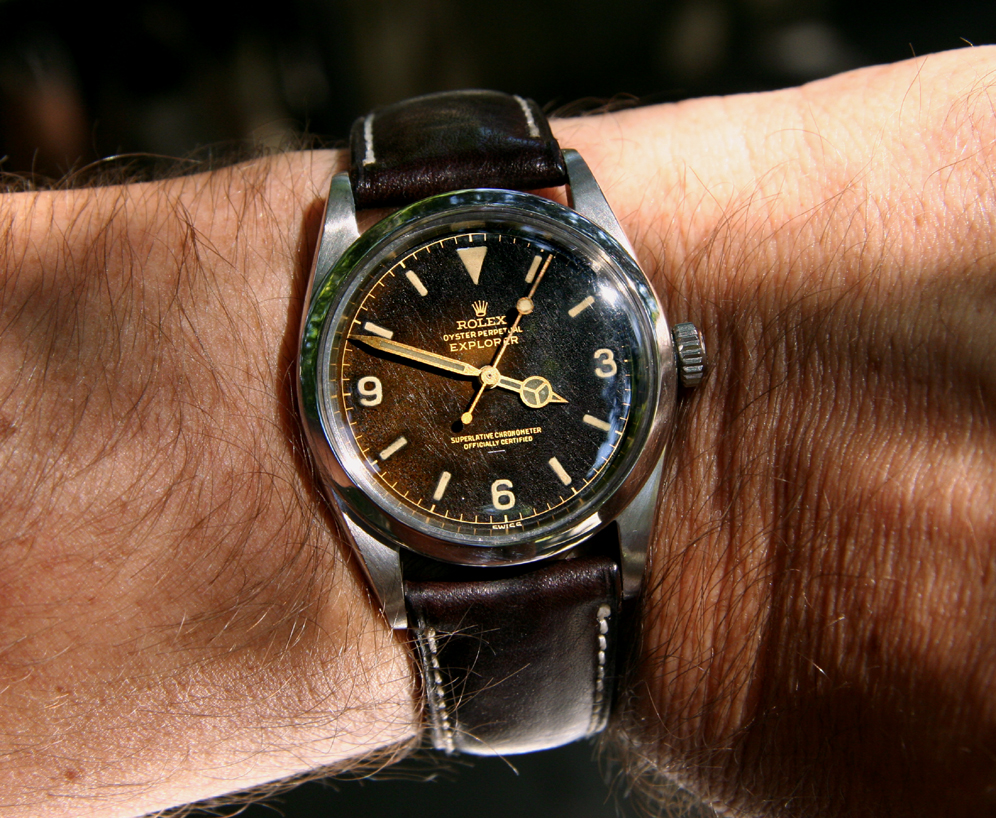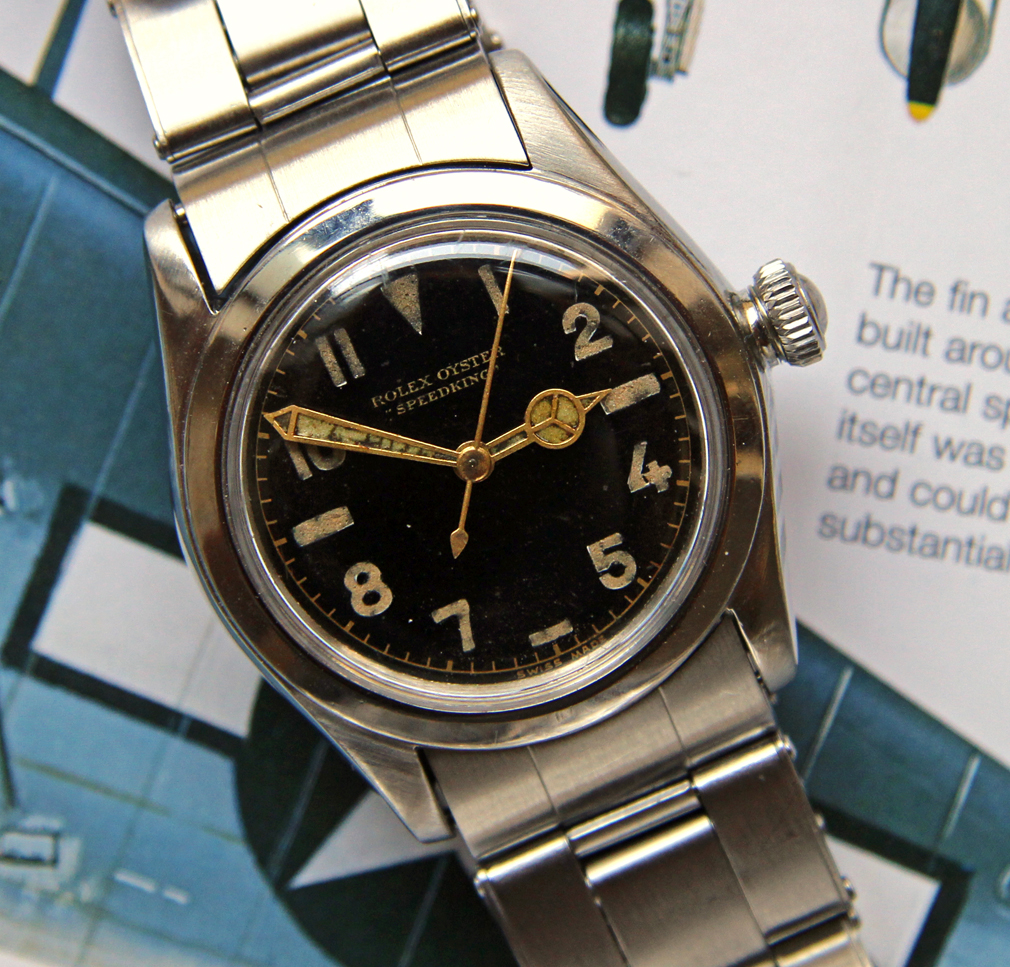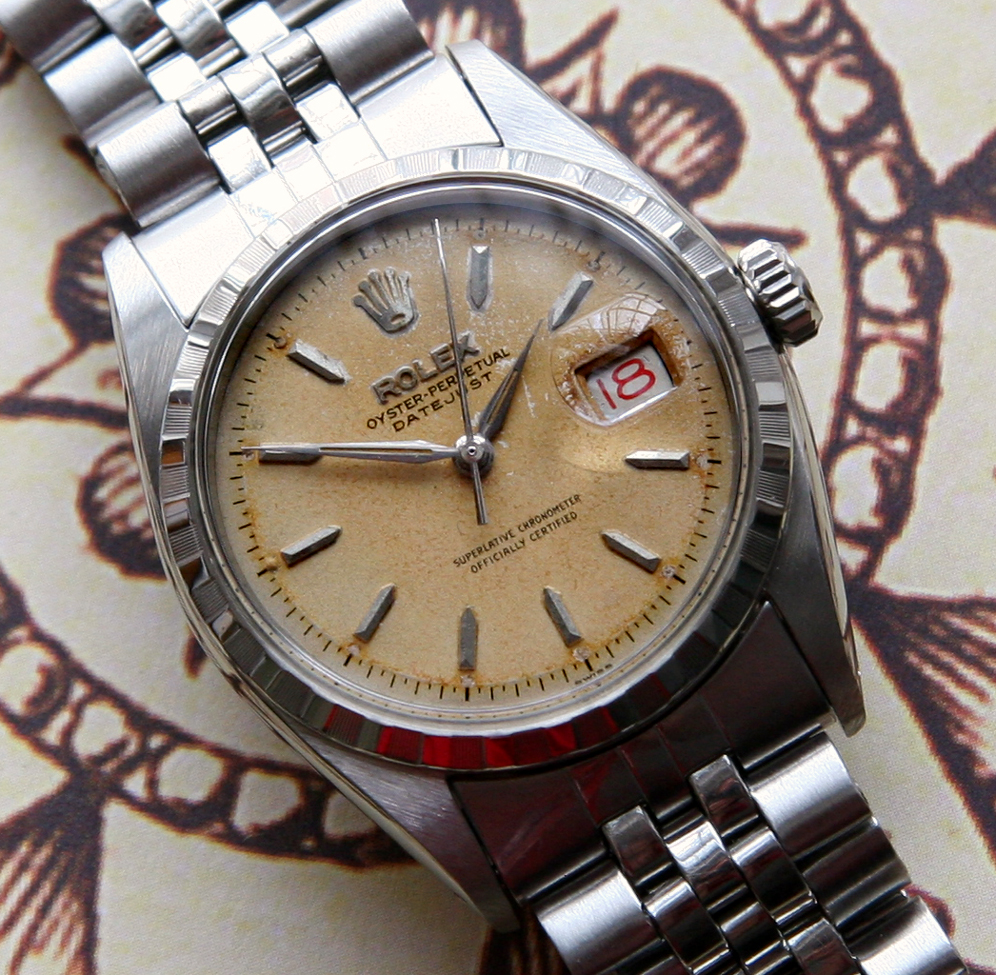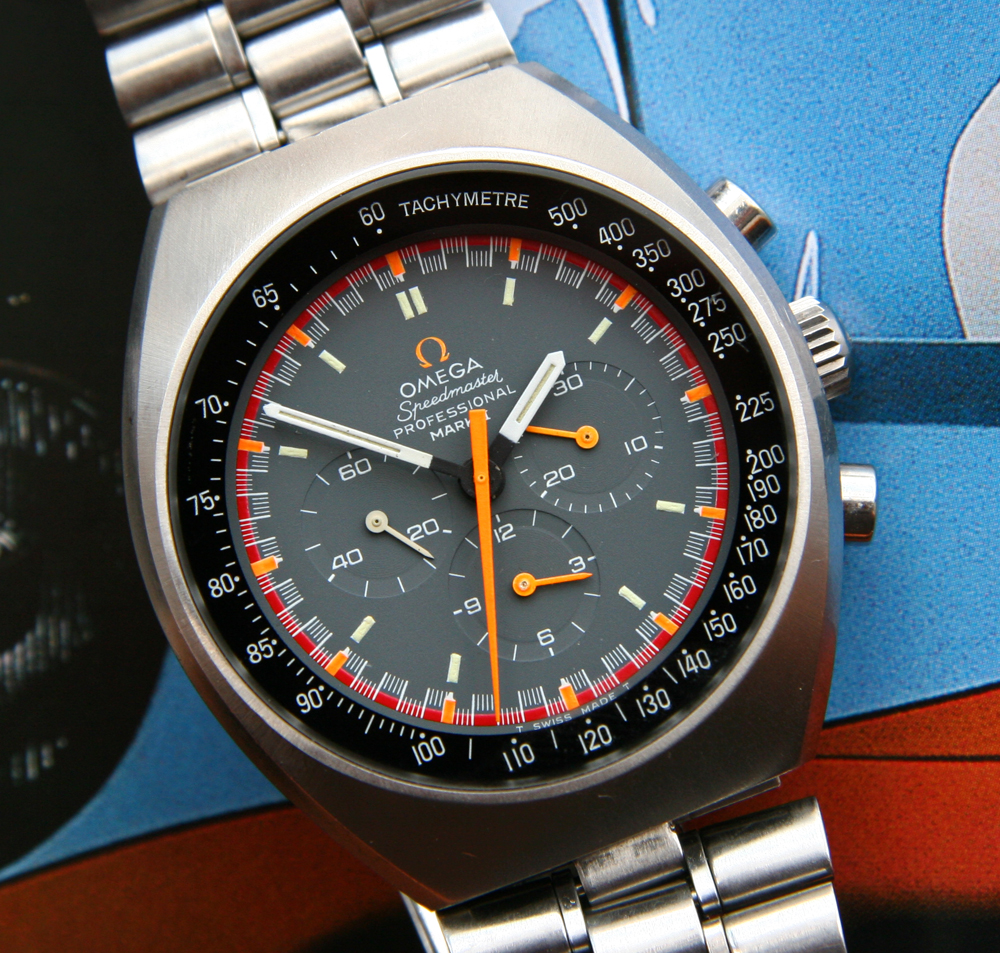In any discussion, Tudor by Rolex must be mentioned as one of the highest quality, most diverse and most appealing brands in the vintage watch world, and one that often offers terrific bang for the buck. Tudor was officially created as Rolex’s junior brand in the post-WWII era as a way to fulfill founder Hans Wilsdorf’s desire to offer Rolex quality at a slightly lower price. They achieved this by outsourcing the movement production.
The first “official” Tudors were actually bumper automatics with A. Schild movements. But these did not really fit Wilsdorf’s dictum that the new subsidiary brand should share the full-rotor automatic “Perpetual” movement that Rolex pioneered and, I believe, still had many proprietary rights to even as late as the 1950s. Therefore, Rolex commissioned outside movement manufacturer Fleurier (FEF) to build a bespoke version of their manual caliber 350 with an auto-rotor module added, thus creating the first exclusive Tudor calibers: 390 (non-date) and 395 (date). You will not find a 390 or 395 in any watch other than a Tudor, as FEF only sold this ebauche to Rolex under exclusive agreement. The debut of these movements marks the real launch of the Tudor “Rotor Self-Winding” Oyster-Princes. Initially patterned after pre-Explorer Oysters, they were also sent on expeditions as their progenitors had been so successfully, to build up their reputation as tough and durable watches for the man of action.
